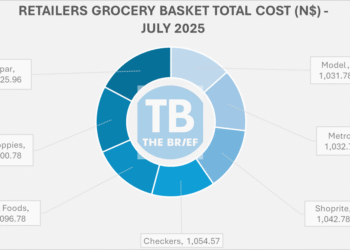
An interest-rate increase by South Africa’s central bank provided little support for the rand, which fell to its weakest levels this year.
While the South African Reserve Bank delivered on market expectations, its policy makers’ comments were taken to be dovish, as they said further tightening would be gradual.
A risk-off mood in markets also added to the rand’s gloom, with more other developing-nation currencies such as the ruble and the Chilean peso dropping against the greenback.
The currency weakened as much as 1.7% to R15.7657 per dollar, the lowest since November 5 last year on a closing basis, and was last at 15.7095 in late afternoon trading.
Yields on benchmark 10-year government bonds were flat at 9.95%
Markets are bracing for policy tightening from the Federal Reserve sooner than anticipated after better-than-expected economic data. Russia, Brazil and Hungary have all raised interest rates and were joined this month by Poland.
“The split decision suggests that the SARB’s rather hawkish rate path will be difficult to meet,†said Win Thin, global head of currency strategy at Brown Brothers Harriman & Co. “FX market didn’t like the signal, with USD/ZAR at the highs for the year.â€
A break above R15.794 for the pair would set up a test of the September 2020 high near R17.266, he said.Â
Bloomberg calculations based on options pricing assign a 62% probability of the rand weakening to R16 per dollar by the end of the year. The currency last touched that level a year ago.-fin24











